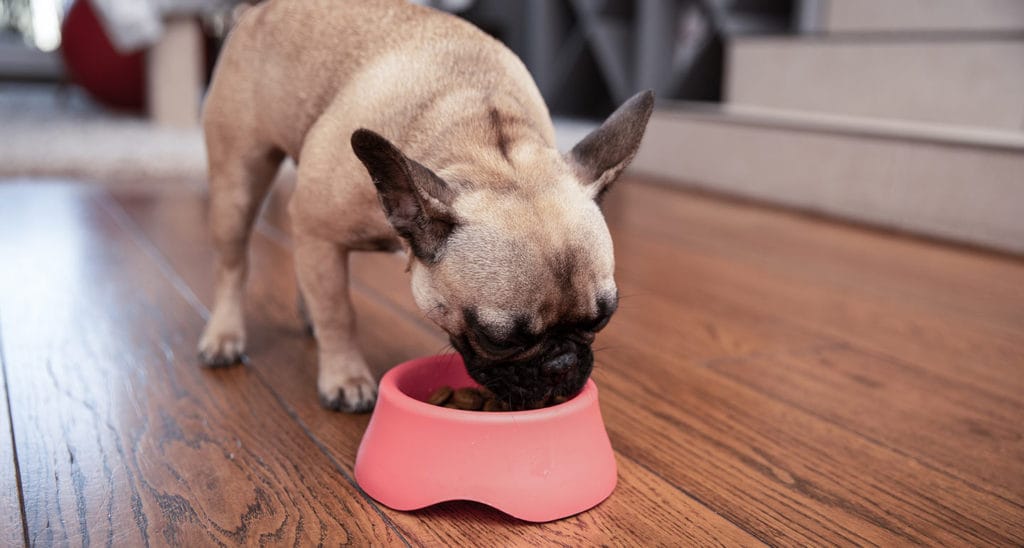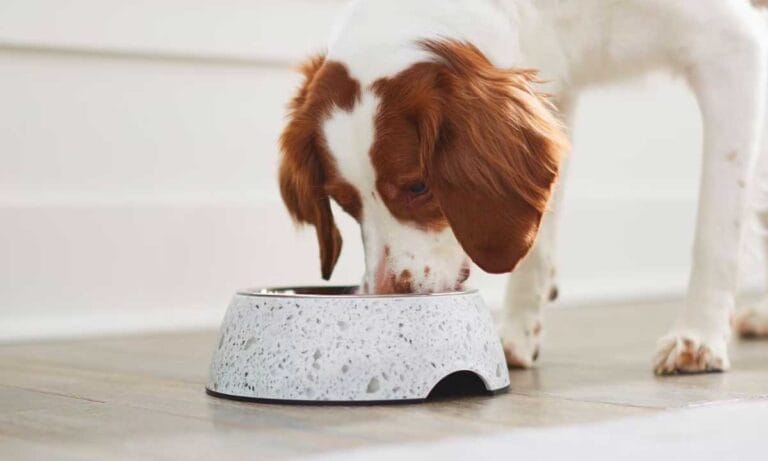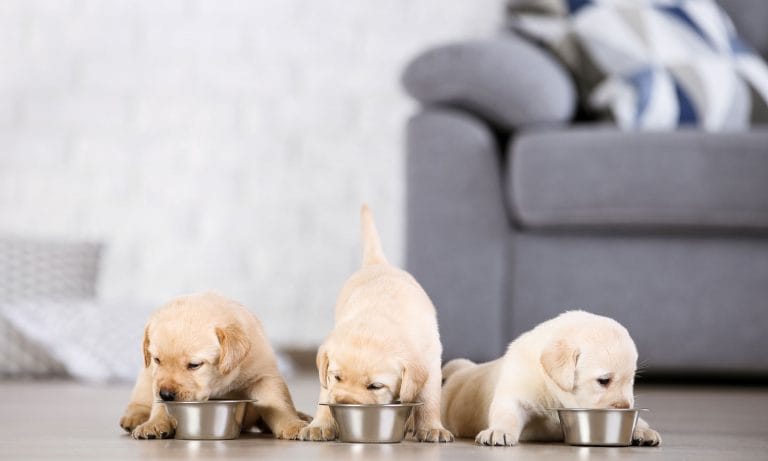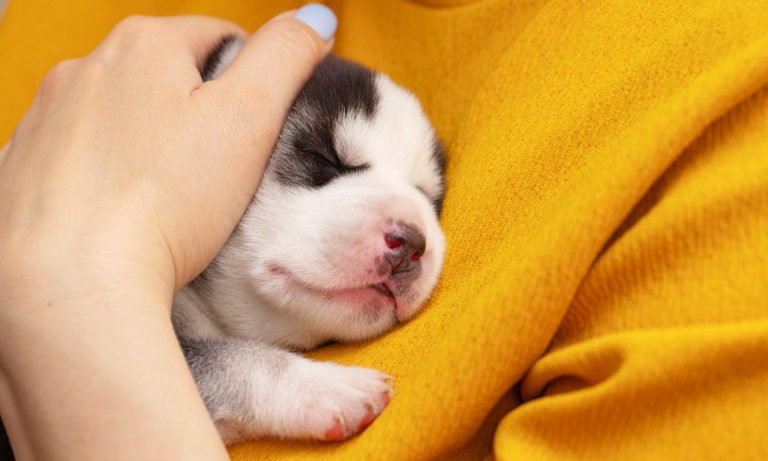Puppies are one of the great joys of life. They make almost everyone smile and laugh. When you add a puppy to your family, you are looking at lifetime love from a creature who depends on you to provide him with the best care.
Feeding a puppy properly is an art as much as a science. Dogs vary greatly in their adult size, activity level and breed idiosyncrasies. You need to consider all of these things as you plan your puppy’s diet.
Your Puppy’s Calorie Needs And Condition
The National Research Council feels that a 10-pound puppy who will weigh about 33 pounds at adulthood will need, on average, about 990 calories per day. About 56 grams of that diet should be protein with roughly 21 grams of fat. Of course, as your puppy grows, that dietary caloric need changes. The Ohio State University Veterinary Medical Center provides a neat chart to calculate your puppy’s needs based on the RER (Resting Energy Requirement).
One of the best ways for you to stay on top of your pup’s diet and growth is to do weekly body condition score evaluations. The cute, butterball puppies you may see are either overweight or may have a heavy parasite load. Neither condition is ideal for good health! You should be able to feel your puppy’s ribs, but they should not stick out dramatically. When looking down from above, your puppy should have a “waist.” From the side view, you should see a “tuck up” right in front of the hind legs.
There are also charts that help you to follow along and see if your pup’s growth matches his breed. For a mixed breed, simply guesstimate to the closest breed. Do remember that these are averages. Don’t panic if your puppy doesn’t fit the exact prediction. Rely on the body condition evaluation and his monthly weight checks at your veterinary clinic for best results. For a few individual breeds, such as Shetland Sheepdogs, very specific growth charts are available to track your puppy’s size.
What Your Puppy Eats
Most puppies join their new families at 8 to 10 weeks of age. By then they should be well-established on a regular diet. Even if you plan to change your puppy’s diet, you should stick to what the breeder, shelter or rescue group sent home with you at first. Your puppy is facing enough changes already with adapting to his new environment. Any diet changes should be done gradually, starting with 25 percent new puppy food and 75 percent current diet. After a few days, go to 50/50 and then 75/25 percent new food to old.
While many foods say balanced and complete for all life stages, it is preferable to feed your puppy a puppy-specific dog food for at least the first six months of his life—often even to one year of age, depending on the breed. Puppies have some unique requirements for certain minerals and vitamins, such as calcium and phosphorus. The proper ratio is just as important as the actual amount. If you decide to go the home cooked or raw route, you need to consult a veterinary nutritionist. You want to be sure you meet all your puppy’s nutritional needs.
Breed-Specific Puppy Nutrition Needs
There are special considerations for both toy and small- puppies, and large and giant breed puppies. Keep these considerations in mind as you plan your puppy’s care.
Toy and small breed puppies are prone to hypoglycemia or low blood sugar. They have a high-metabolic rate and burn through calories quickly. These puppies may need four meals a day right through 6 to 12 months of age. If you have a puppy like this, always be aware of your puppy’s normal activity level. If you notice he is dragging, consider a dab of honey on his gums just in case he is low on his blood glucose. If that perks him up, offer a healthy snack.
With large and giant breed puppies, there are concerns about these dogs growing too fast. Extra weight and rapid growth can lead to orthopedic problems down the line. Most of these puppies do best on a diet specifically blended for large and giant breed puppies. Medium, large and giant breed puppies thrive with three meals a day until 6 months of age. Most can then transition over to two meals a day.
With certain breeds, you need to be aware of special dietary requirements. Some Dalmatians have “uric acid syndrome.” These dogs do best on a diet that is low in meat proteins to help prevent the formation of bladder and urethral stones. Always check with your dog breeder or the rescue group you obtained your puppy from (any breed) for any special dietary considerations.
Changing Calorie Needs
Many factors will influence how much food your individual puppy may need for optimum puppy growth and health. Be sure your puppy has been checked for internal parasites, such as roundworms and coccidia. These parasites drain nutrients that your puppy needs. External parasites like fleas and ticks can also be energy drains, especially on small puppies.
If your pup will spend part of the day outside or even just needs to go outside in cold weather to eliminate, he will burn up some extra calories to stay warm. How active is your puppy? Terrier, herding and sporting breed puppies, as well as mixed breeds of those groups, tend to be very active. If you are planning some extra activity, such as a weekend of hikes, figure on providing some extra snacks for your puppy.
Your goal with your puppy is steady, healthy growth. Make sure he has adequate nutrients but is not overweight. Do weekly body condition evaluations and monthly weigh-ins. Most of all, enjoy your new companion!
Share:









